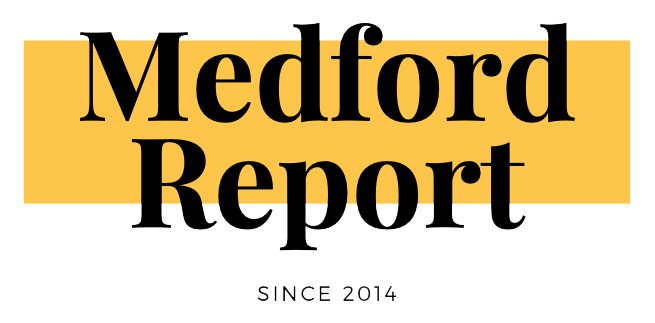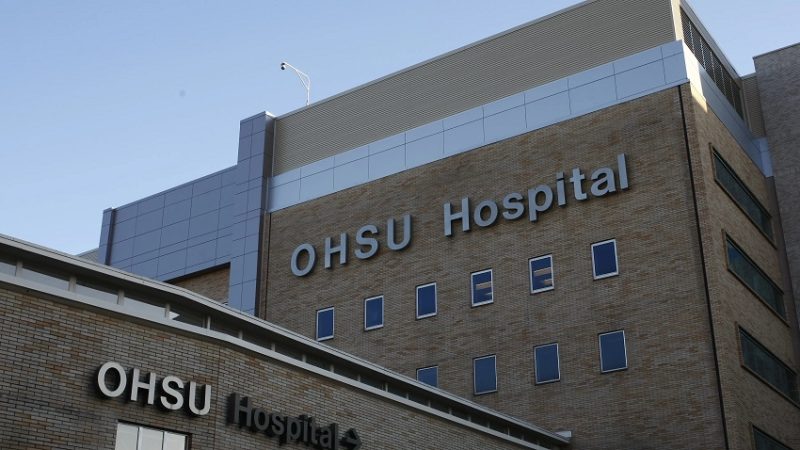Medford, OR – The Hospital Association of Oregon (HAO) held a press conference Wednesday to address the growing challenges hospitals across the state are facing in maintaining quality care for patients. The association highlighted that since 2021, the total cost of patient care has outpaced the payments hospitals receive, putting access to care at significant risk.
The three primary factors driving hospital distress, according to the HAO, are rising operational costs, longer hospital stays, and reimbursements that fail to cover the actual cost of care. The financial strain is exacerbated by an increase in patient demand, particularly as the state expands the Oregon Health Plan (OHP), which now boasts the highest number of insured residents in its history.
Daniel Davis, Nursing Senior Director at HAO, emphasized the critical situation, stating, “When we have this many patients waiting for the next level of appropriate care, we don’t have enough available beds for patients who also need our care. As we see increased numbers of patients waiting for hospital beds, it’s associated with higher ED boarding, which contributes to longer emergency department wait times, delayed care, and increased morbidity and mortality.”
The rapid expansion of the OHP has certainly led to greater access to healthcare for many Oregonians, but it has also introduced financial pressures on hospitals. The OHP, which covers low-income residents, reimburses healthcare providers at a rate that is significantly lower than the actual cost of providing care. According to HAO, for every dollar spent on patient care, the OHP reimburses only 56 cents, creating a substantial funding gap.
With hospital beds increasingly occupied by patients waiting for alternative care, the backlog of emergency department cases continues to grow, resulting in longer wait times and delayed treatment. The combination of insufficient reimbursement rates and overburdened healthcare systems has put both healthcare providers and patients in a difficult position, leading to calls for policy reform to address these gaps.
As Oregon hospitals face these mounting challenges, the question remains whether state lawmakers will be able to make adjustments to the OHP reimbursement system to better support the healthcare infrastructure and ensure that Oregonians continue to have access to the care they need.

